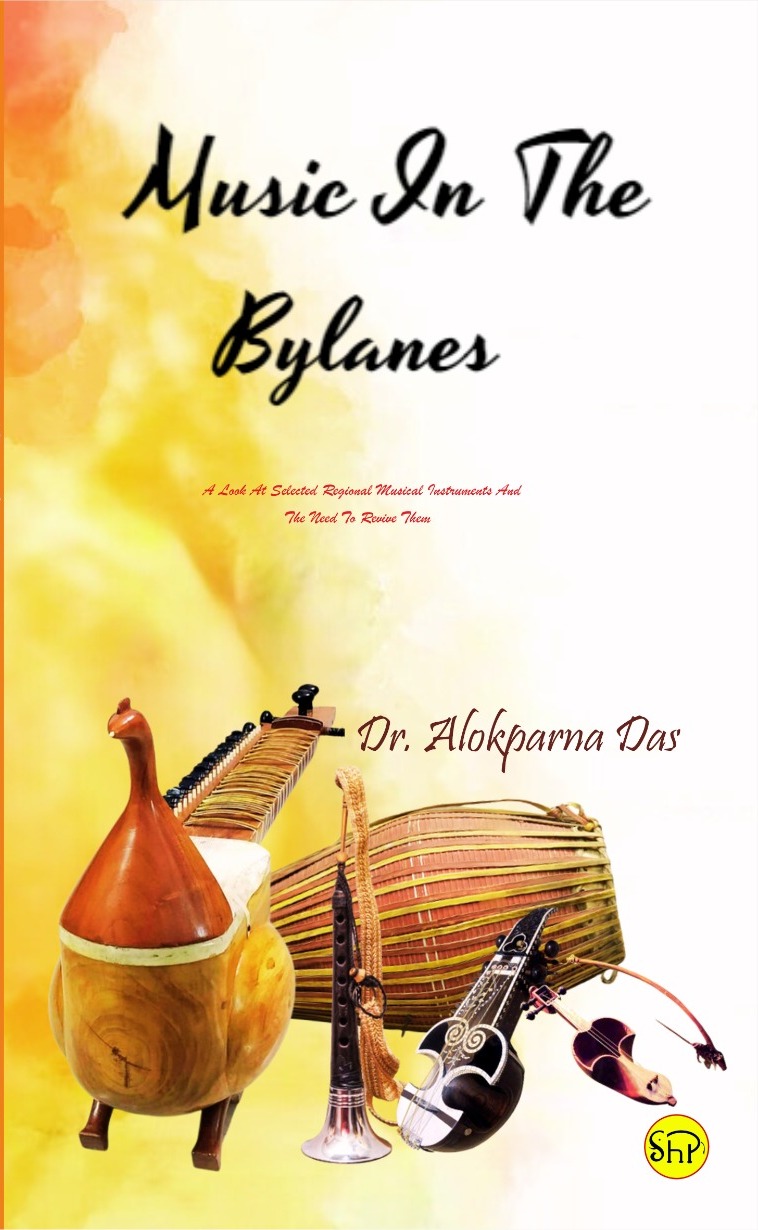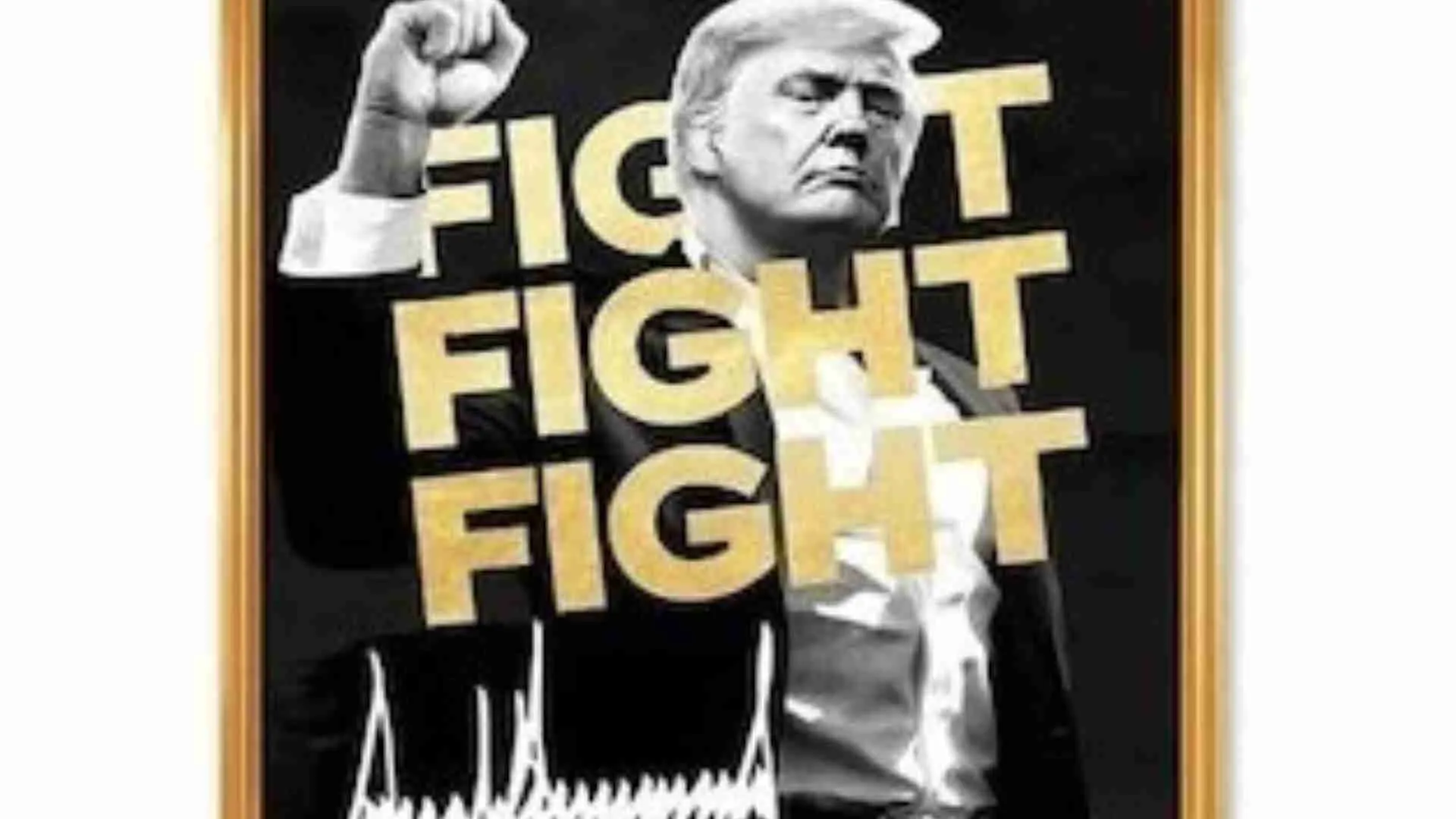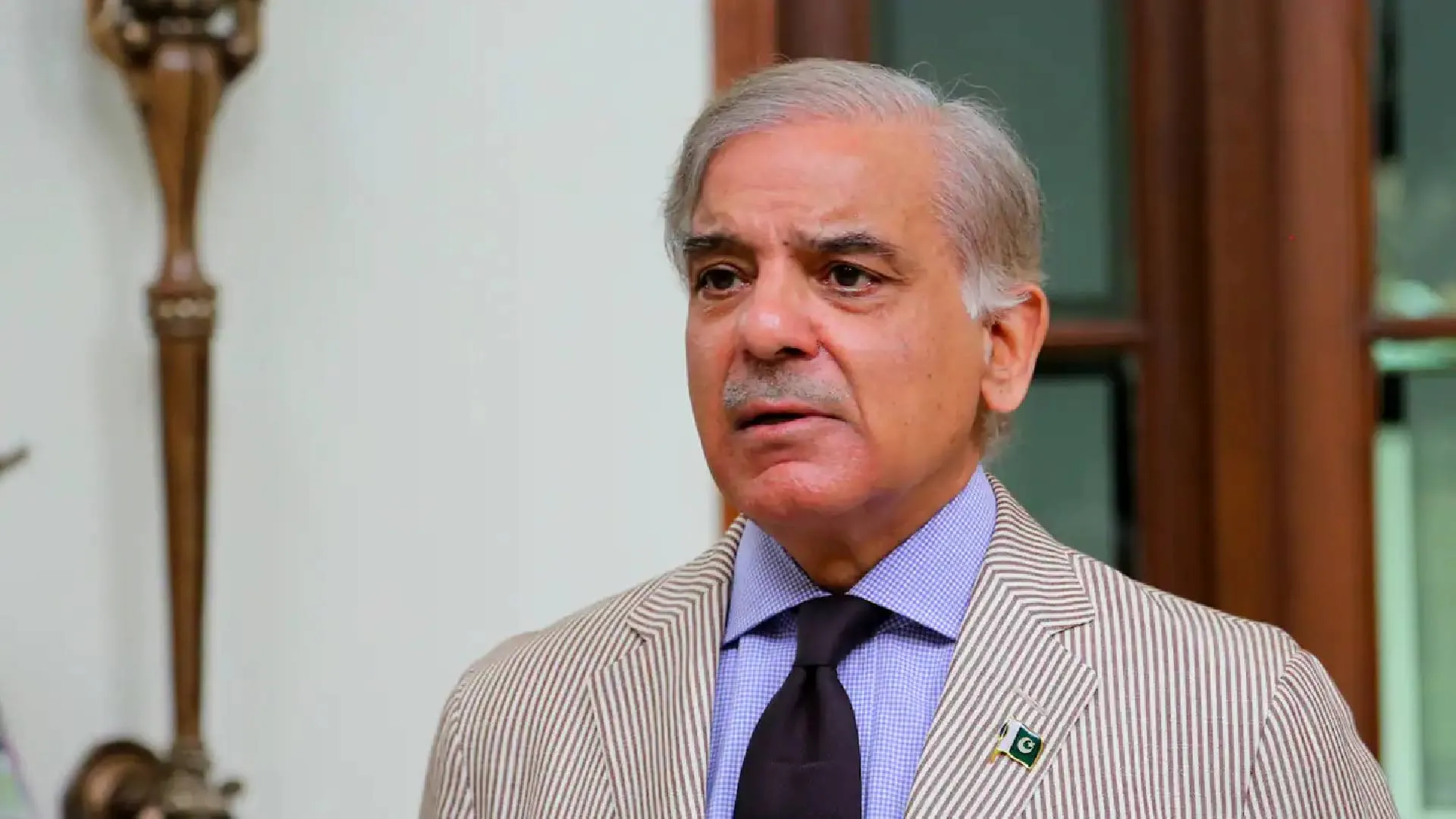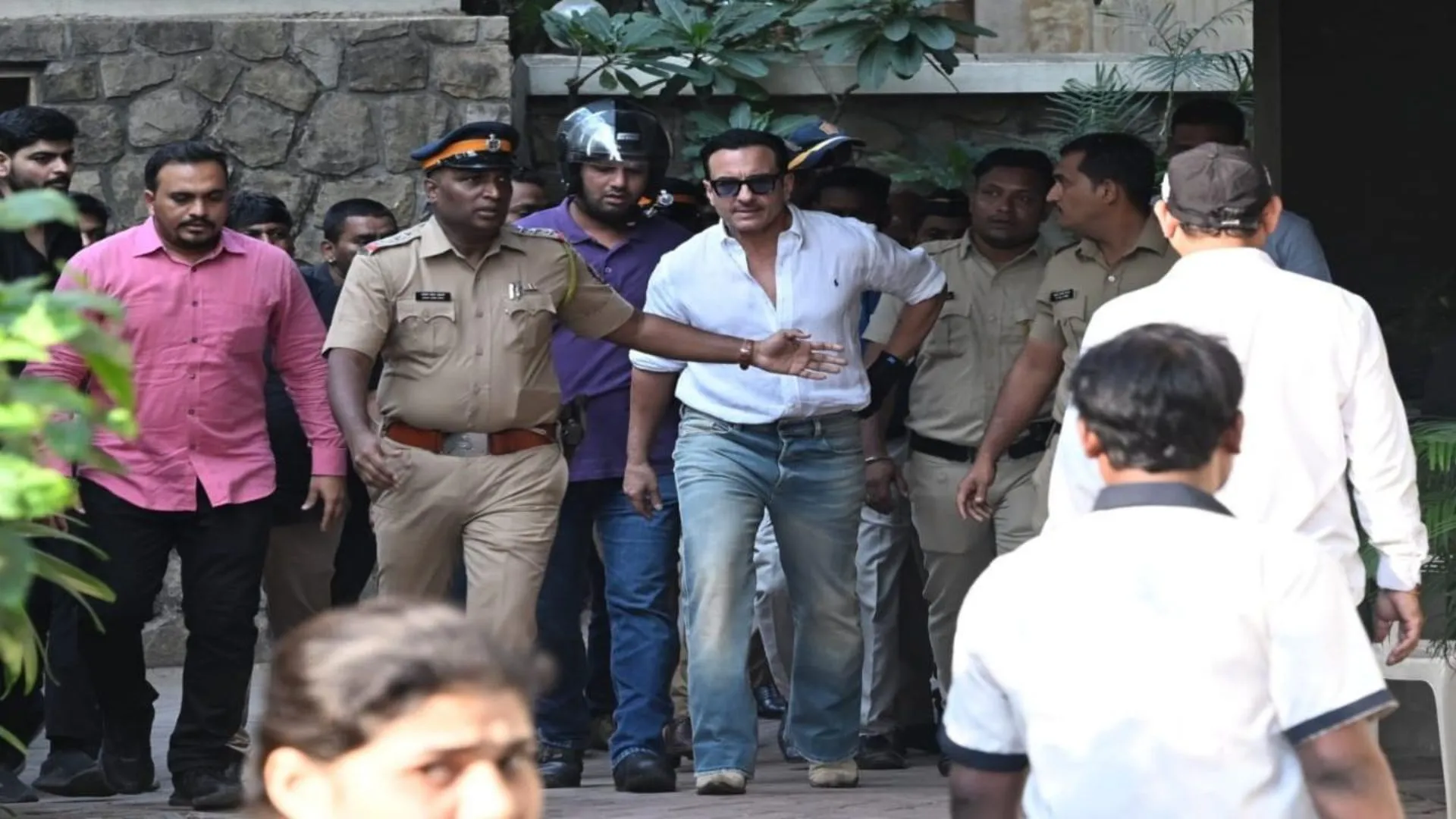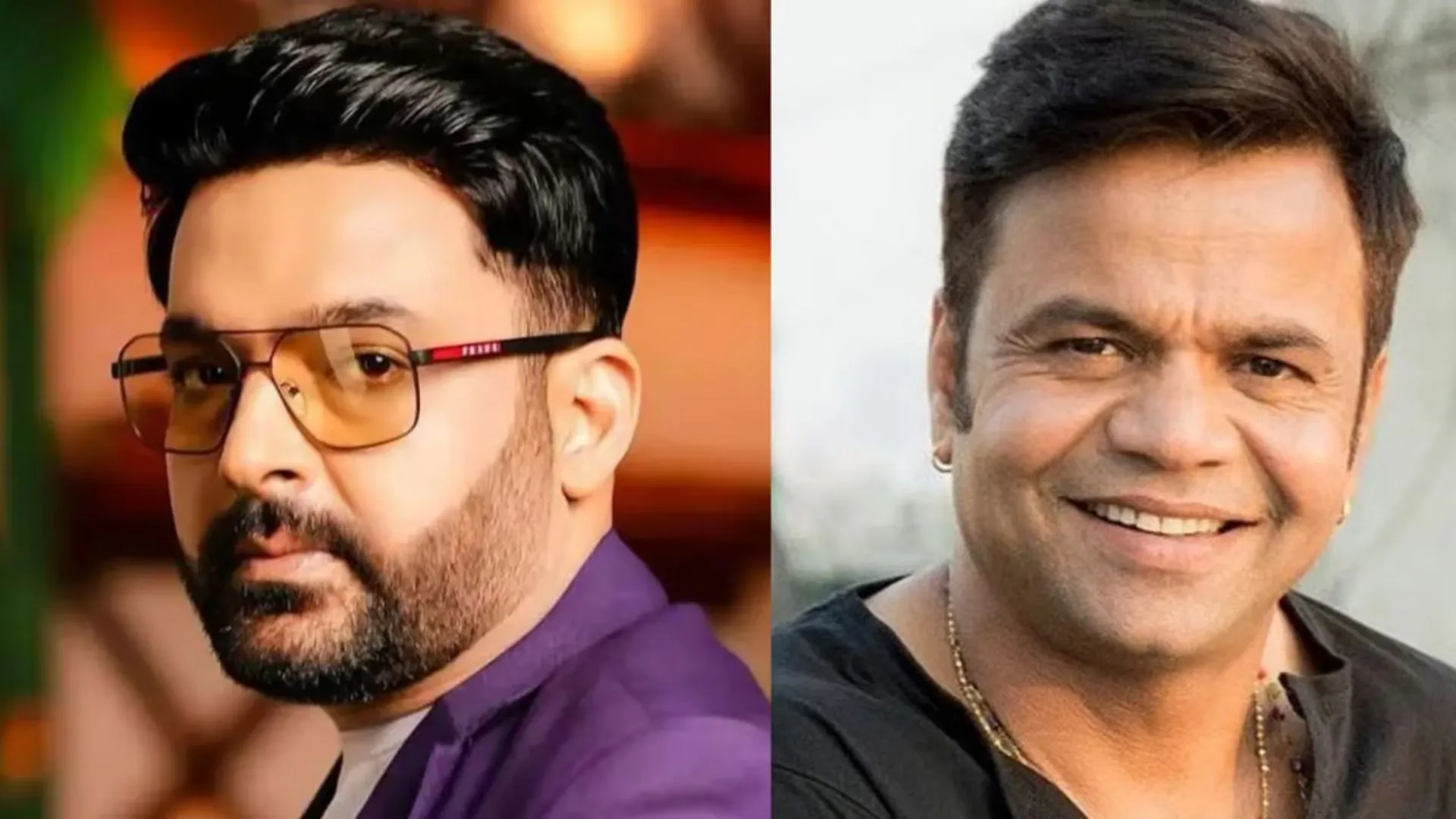Every musical instrument is endowed with an individual character that is deeply rooted in the ethos of its region. This book is an attempt to understand rare, regional musical instruments such as the Taus, Nafiri, Saranda, their significance within the regional culture, their present state, and the urgent need for their revival and preservation. The writer, Dr. Alokparna Das, has been a journalist for 30 years and besides being an award-winning author of four books, she is also a trained musician. Excerpts from her upcoming book, Music in the Bylanes:
India has a rich musical history in terms of forms, styles and the kinds of instruments played. While some of these forms and instruments have got their share of national/ international fame successfully, there are others which could not enter the mainstream and have remained regional, confined to specific communities. Such instruments have interesting histories that need to be told to a large audience. Modernity, combined with the need for ease of playing, has led to the death of many instruments. In such a scenario, memory cherished by master musicians and instrument-makers becomes the most precious intangible asset that one can have. At times, a musical instrument such as the Taus or the Shreekhol even becomes a symbol of one’s identity, a vehicle of non-violent protest that vocalises the aspirations of a regional or religious or linguistic community, its sense of belonging and beliefs. There are instruments such as the Sarinda, Saranda and Surinda that celebrate music beyond linguistic and cultural barriers.
Pulling out lost musical instruments from oblivion, restoring, reviving, and popularising them is a complex task. The first step in the revival process is to find craftsmen who can manufacture instruments such as the Taus, which one rarely sees or hears today. Bhai Baldeep Singh, a 13th generation musician who plays both stringed and percussion instruments besides being a vocalist, poet and expert instrument-maker, has revived an entire range of lost musical instruments used in the Sikh tradition such as the Rabab, Saranda and Taus after having discovered the last traditional luthier, Gyani Harbhajan Singh Mistri, in the 1990s.
If the story of Taus is a revival saga, ceremonial pipes or wind instruments – to be played during auspicious occasions – that were once so integral to the Indian social calendar are gradually falling silent. Time was when no wedding procession in Delhi was considered complete without the Nafiri players leading it and every Ramlila performance was supposed to begin with auspicious notes being played on this musical instrument. Unfortunately, with Bollywood tunes dominating band baja baraat these days, the Nafiri is struggling for survival and its exponents are forced to choose other vocations. A seventh generation Nafiri maestro, Jagdish Prakash, and his younger brothers have seen the Nafiri gradually fade away into oblivion. In the past, Jagdish has even headed Delhi’s Nafiri players’ association. Now, the shop selling garments, which he has set up close to his home in Old Delhi, takes up most of Jagdish’s time.
Not just musicians, musical instruments too travel across regions. A stringed instrument that is perhaps an older cousin of the classical Sarangi, the Sarinda – also known as Sarinja, Surinda, Saranda – is played across South Asia – from Sindh to Rajasthan to Punjab in the west, from Tripura to Assam to North Bengal and Bangladesh in the east, as well as in Nepal. Scholar Joep Bor has claimed that the Sarinda reached its highest development in Punjab, Rajasthan, Sindh, Baluchistan, Afghanistan and the eastern provinces of Iran, migrating from there to east India.
These rare instruments represent aesthetically superior intangible heritage. The community of musicians and instrument-makers involved in playing and crafting these instruments have preserved critical aspects of our shared culture that includes not only music styles but also its associated memory, oral and written literature, crafts, history, religion and spirituality. Reviving these instruments is an opportunity to relook at significant chapters of Indian culture.
Book Details:
Music In The Bylanes
A look at selected regional musical instruments and the need to revive them
By Dr. Alokparna Das
Shrihind Publications
ISBN 978-93-92759-24-6
Price: Rs 250

